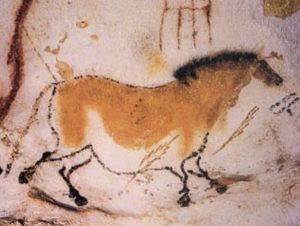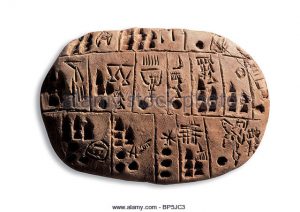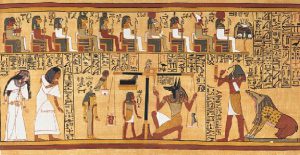Today is the first day of the class, we started learning the History of the Graphic Design.
In the class, we saw a lot of amazing Ancient Cave Paintings, which people called ‘petroglyphs’. It means a rock carving, especially a prehistoric one. Those painting all done by hands, maybe people will ask why are they leave those paintings in here. I think they’re trying to share their experience with the world, also they want to let people know that who was living in here in ten thousand years ago. These are very precious trace. Even some colors of painting stayed until today, that’s so amazing.
The big part lesson of the chapter one is ‘Pictographs’, which means a pictorial symbol for a word or phrase. We watched the video about the story of pictographs, and we knew that people used pictographs as the earliest writing, examples having been discovered in the Egypt and Mesopotamia from before 3000 BC.
Over five thousand years ago, people who living in Mesopotamia developed a form of writing to record their life experience and used it to communicate with the king. It was early pictograph. A reed stylus was the main writing tool used by Mesopotamian scribes. Scribes created the wedge shapes which made cuneiform signs by pressing the stylus into a clay or wax surface.
The last part of chapter one is Egyptian hieroglyphs. The first time people found out the Hieroglyphics in the Rosetta Stone. It’s a granodiorite stele, which is found in 1799, inscribed with three versions of the decree. Because decree has only minor differences between the three versions, the Rosetta Stone proved to be the key to deciphering Egyptian hieroglyphs.
Not only that, Egyptian hieroglyphs also used in the Egyptian Book of the Dead. It’s a collection of spells which enable to help the soul of the deceased to navigate the afterlife. It’s created by the Papyrus of Ani, it was papyrus manuscript with cursive hieroglyphs and color illustrations in 1250 BC. It is a very precious historical manuscript.






